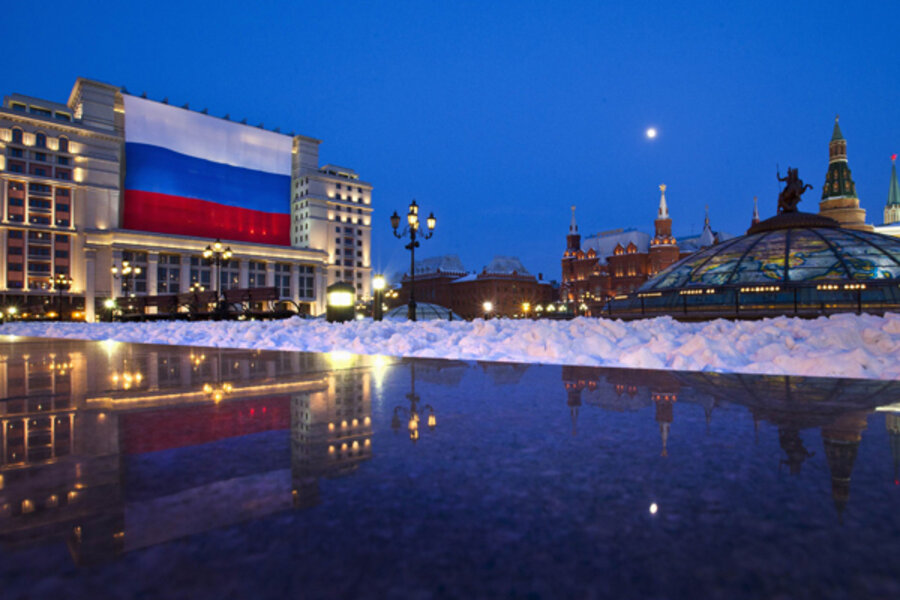Russia reveals shiny state secret: It's awash in diamonds
| Moscow
Russia has just declassified news that will shake world gem markets to their core: the discovery of a vast new diamond field containing "trillions of carats," enough to supply global markets for another 3,000 years.
The Soviets discovered the bonanza back in the 1970s beneath a 35-million-year-old, 62-mile diameter asteroid crater in eastern Siberia known as Popigai Astroblem.
They decided to keep it secret, and not to exploit it, apparently because the USSR's huge diamond operations at Mirny, in Yakutia, were already producing immense profits in what was then a tightly controlled world market.
The Soviets were also producing a range of artificial diamonds for industry, into which they had invested heavily.
The veil of secrecy was finally lifted over the weekend, and Moscow permitted scientists from the nearby Novosibirsk Institute of Geology and Mineralogy to talk about it with Russian journalists.
According to the official news agency, ITAR-Tass, the diamonds at Popigai are "twice as hard" as the usual gemstones, making them ideal for industrial and scientific uses.
The institute's director, Nikolai Pokhilenko, told the agency that news of what's in the new field could be enough to "overturn" global diamond markets.
"The resources of superhard diamonds contained in rocks of the Popigai crypto-explosion structure are, by a factor of 10, bigger than the world's all known reserves," Mr. Pokhilenko said. "We are speaking about trillions of carats. By comparison, present-day known reserves in Yakutia are estimated at 1 billion carats."
The type of stones at Popigai are known as "impact diamonds," which theoretically result when something like a meteor plows into a graphite deposit at high velocity. The Russians say most such diamonds found in the past have been "space diamonds" of extraterrestrial origin found in meteor craters. [Editor's note: The original version misstated the type of deposit needed to create impact diamonds.]
They claim the Popigai site is unique in the world, thus making Russia the monopoly proprietor of a resource that's likely to become increasingly important in high-precision scientific and industrial processes.
"The value of impact diamonds is added by their unusual abrasive features and large grain size," Pokhilenko told Tass. "This expands significantly the scope of their industrial use and makes them more valuable for industrial purposes."
Russian scientists say the news is likely to change the shape of global diamond markets, although the main customers for the super-hard gems will probably be big corporations and scientific institutes.






